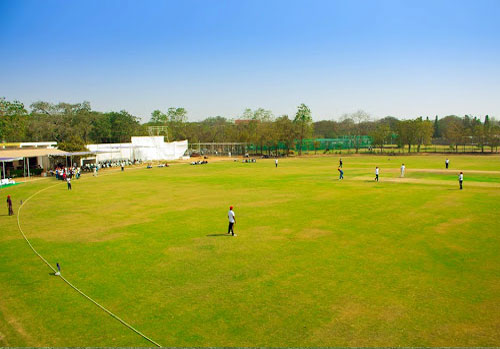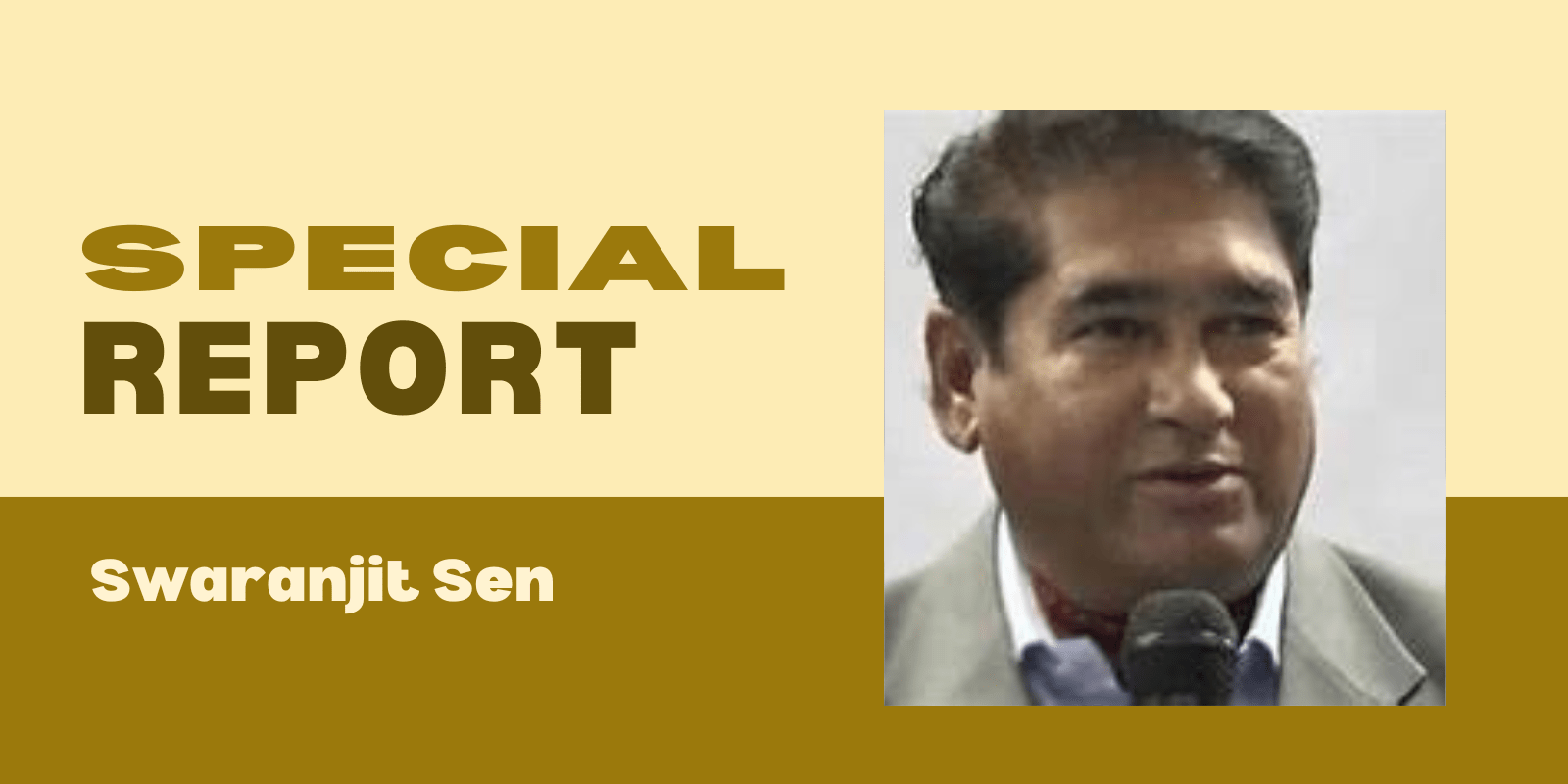Fake Matches, Fixed Scoresheets, and Stadium Neglect
In the previous part, we traced how Hyderabad Cricket Association (HCA) was reduced to a loot machine, bleeding money in the name of clothing bills, medical reimbursements, and phantom development. But the cancer did not stop with finances. The rot seeped into the very sanctity of the game — matches that never happened, scoresheets that were rewritten, and a stadium that became a monument to neglect.
This is where the story turns darker: the betrayal of cricket itself.
One of the most damning revelations of the forensic audit was the conduct of ghost matches. Tournaments were shown as held, bills were raised for ground preparation, catering, umpires’ fees, and players’ kits. But when auditors tried to trace the fixtures or the players, there was nothing on record.
No scorecards, no photographs, no attendance sheets. In some cases, even the grounds mentioned did not exist. And yet, lakhs of rupees were passed off as legitimate expenditure.
Also read: https://orangenews9.com/who-ruined-hyderabad-cricket-part-xxix/
Officials knew exactly what they were doing. By showing matches on paper, they created an easy conduit for siphoning off money. All it required was a few fake receipts and the collusion of those in charge of league administration.
The tragedy is that these were not just financial irregularities. They denied hundreds of aspiring cricketers the chance to play competitive games — matches that could have given them experience, exposure, or even a break into higher levels.
Even the matches that were played were not free from manipulation. Former players and coaches have testified how scoresheets were tampered with to favour certain players.
Runs were added, wickets were gifted, and performances were inflated — all to ensure that “favoured” names made it into district and state squads. In some cases, selectors were handed doctored scorecards, with inflated averages of chosen players, while genuine performers were erased into obscurity.
This not only ruined careers but also corrupted the very statistics that cricket thrives on. Hyderabad cricket’s data for entire seasons remains suspect, making it impossible to separate real performances from manufactured ones.
Behind the manipulation of score sheets lay the larger racket of selection-for-sale. Parents whispered it in club corridors, players feared speaking out, and coaches admitted it off record — a player’s chances often depended less on talent and more on how much his family could “invest.”
Also read: https://orangenews9.com/who-ruined-hyderabad-cricket-part-xxviii/
Sometimes the price was direct — cash in envelopes. Sometimes it was indirect — promises of contracts, club memberships, or “contributions” to HCA programs.

For young cricketers who had no backing, the message was clear: merit could be bought, and without money or connections, dreams stopped at the gate.
Also read: https://orangenews9.com/who-ruined-hyderabad-cricket-episode-xxvi/
While money was flowing out in fake matches and inflated bills, Hyderabad’s pride — the Rajiv Gandhi International Cricket Stadium at Uppal — was allowed to decay.
Despite hosting IPL matches and international fixtures, basic maintenance was ignored. Roof leakages went unrepaired, practice pitches lay underprepared, and dressing rooms became substandard compared to even smaller stadiums across India.
BCCI match referees repeatedly flagged issues, warning that international games could be shifted unless facilities were upgraded. Even IPL franchises expressed frustration. Yet HCA did little beyond cosmetic patchwork, because funds earmarked for upkeep had already been diverted elsewhere.
The irony is sharp: while office bearers claimed “glory” for bringing big-ticket matches to Hyderabad, they left the very venue in shambles. The stadium became both a cash cow and a casualty of mismanagement.
Nowhere was the loot more visible than during IPL matches. Hosting rights meant crores flowing into HCA’s accounts, but also created opportunities for rent-seeking.
Also read: https://orangenews9.com/who-ruined-hyderabad-cricket-part-xxv/
Tickets were blocked and sold in black, hospitality boxes were handed out as political favours, and inflated bills for security, catering, and ground preparation were cleared without scrutiny. Insiders claim that some office bearers treated IPL season as a “bonus harvest,” pocketing commissions from vendors desperate for contracts.
For the ordinary cricket lover, this translated into exorbitant ticket prices, chaotic entry into the stadium, and the humiliation of seeing Hyderabad’s biggest sporting spectacle reduced to a money-grab.
One might ask: why didn’t players speak up? The answer is complicated. Many feared victimization. Those who complained risked being dropped, ignored, or branded “troublemakers.” Some former players, co-opted with committee positions or contracts, chose to stay quiet.
A handful who did raise their voice — like whistleblowers in court cases — faced relentless harassment. Instead of protecting them, HCA moved to silence them, proving that the system was designed to protect the corrupt, not the cricketer.
The combined effect of fake matches, fixed score sheets, and stadium neglect was devastating. Hyderabad cricket, once home to legends like ML Jaisimha, Mohammad Azharuddin, and VVS Laxman, became a cautionary tale. Young talent fled to other states, leagues lost credibility, and Hyderabad’s once-proud Ranji Trophy side became a punching bag.
This wasn’t just incompetence — it was betrayal. Betrayal of fans who filled stands, of children who dreamed of donning Hyderabad caps, and of a city that once prided itself on its cricketing culture.
By now it’s clear that HCA’s decay was not just financial mismanagement but cultural rot. From the top council to the grassroots clubs, a system of patronage, kickbacks, and manipulation replaced merit and transparency. Cricket was the excuse, not the objective.
And while forensic audits and FIRs have finally begun catching up with some of these scams, the deeper question remains: can Hyderabad cricket ever recover its soul? (Concluded)







